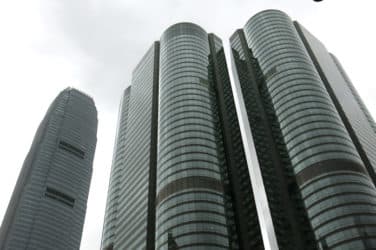
Provisions on OTC derivatives and high-frequency trading may conflict with those adopted in other jurisdictions.
The European Union’s new Markets in Financial Instruments Directive (MiFID II) contains some controversial new provisions around trading of OTC derivatives and high-frequency trading, which is raising the potential for regulatory arbitrage, some say.
Although policymakers on both sides of the Atlantic have stressed the need for coordination, the promulgation of the Dodd-Frank Act in the United States and MiFID II and European market Infrastructure Regulation (EMIR) in Europe, along with their accompanying implementation regulations, will inevitably act as catalysts for regulatory arbitrage, according to some market participants.
“The MiFID rules published today provide some additional clarity in a number of areas including those regarding derivatives execution venues, including Regulated Markets, MTFs and OTFs, as well as post-trade reporting requirements,” Jim Rucker, operations, credit and risk officer at MarketAxess, told Markets Media.
“However there are still many detailed questions outstanding which, depending on their resolution, create the risk of regulatory arbitrage between the EU and U.S. rules,” said Rucker.
Under MiFID II, the European Securities and Markets Authority (ESMA) will be given broad powers to determine which derivatives get traded on organized trading platforms, such as regulated markets, MTFs, or OTFs.
In developing implementing technical standards, ESMA will make a determination based on the average frequency of trades, the average size of trades, and the number and character of active market participants.
“The work of the European Commission and ESMA is going to be very important in this regard,” Rucker said.
MiFID II appears to strike a delicate balance between requiring OTC derivatives to be traded on markets and the desire of investors not to expose their positions to the markets, by requiring a regulated market “to ensure that algorithmic trading systems cannot create or contribute to disorderly trading conditions,” and to provide systems to limit the ratio of unexecuted orders to transactions.
“It is not necessarily the electronification and trading on centralized venues that alters the OTC market, it is the transparency,” Renee Colyer, president of Forefactor, told Markets Media. “Any HFTs that are not truly providing liquidity, that is, they are just pinging the venues should not be permitted to do so and the provisions have addressed that issue.”
MiFID II would also impose market-making obligations on firms that employ algorithmic trading, joining the debate that has been brewing at least since the May 6, 2010 flash crash and its repercussions.
Under MiFID II, an algorithmic trading strategy must be in continuous operation during the trading hours of the trading venue to which it sends orders or through the systems of which it executes transactions, and must post firm quotes at competitive prices with the result of providing liquidity on a regular and ongoing basis to these trading venues at all times.
“The only concern I have is with the fact that they are requiring algos to remain at the venue they originally went to on a passive basis, which has implications for strategy,” said Colyer. “Essentially, you can’t shut your algo off or go to another venue to get your fill, is my interpretation,” she said. “But what traders can do is, if the market moves away from them, they can change the parameters of the algo to buy on that same market at lower price, remaining in book and fulfilling the new obligations.”
Regulators in the U.S. and Europe have been wrestling with how to treat HFT and automated trading in general. In the United States, the SEC and CFTC are considering whether to impose requirements on HFTs to function as market makers.
The Joint SEC-CFTC Advisory Committee on Emerging Regulatory Issues earlier this year recommended the SEC evaluate whether incentives or regulations can be developed to encourage those who engage in market-making straggles, a large portion of whom employ high-frequency trading, to provide buy and sell quotations that are reasonably related to the market.





